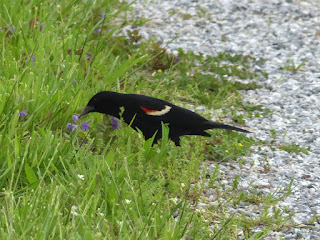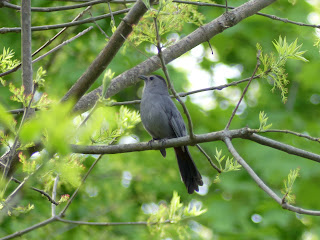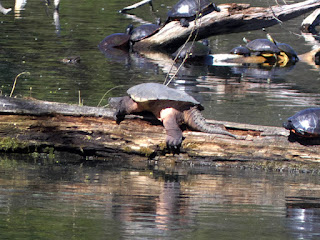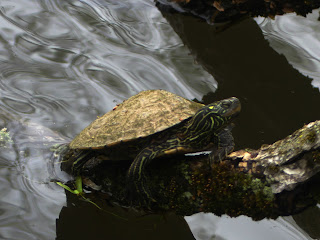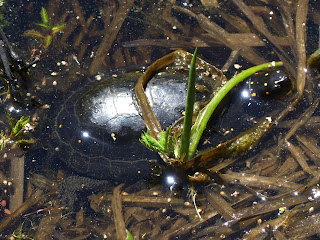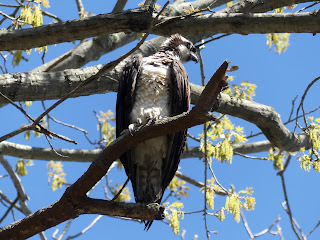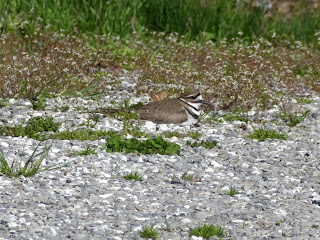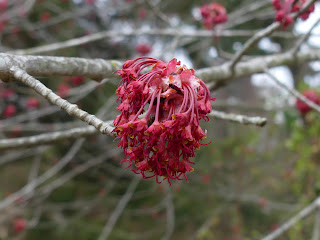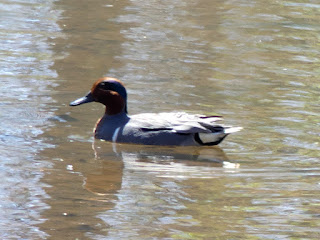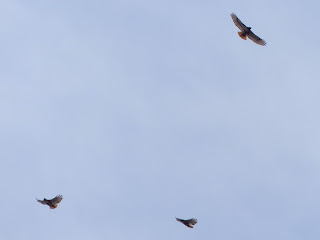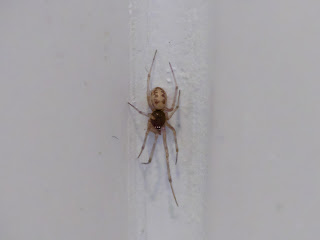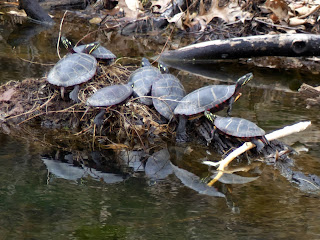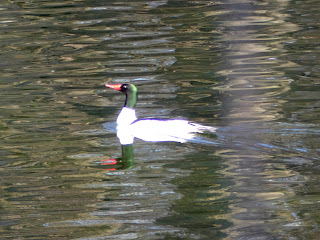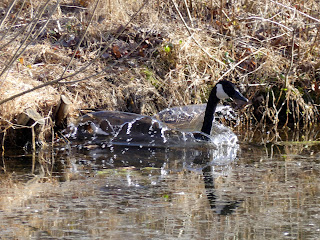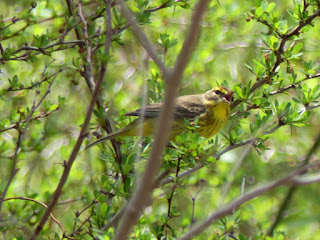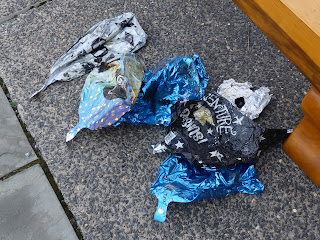Brown Thrashers

A couple weeks ago I encountered 2 (presumably) different Brown Thrashers ; at least I saw them almost 2 hours apart and a healthy walk away from each other. Because I don't see them very often I wasn't sure who I was seeing, but the leading candidates were the Brown Thrasher or the Wood Thrush . When I looked at the pictures at home and looked them up in my field guides, the long tail, streaky rather than spotty marks on the breast/belly, and lack of lines near the eye convinced me that I had Brown Thrashers. (Brown Thrashers are also quite a bit larger than Wood Thrushes, though without a "reference bird" like an American Robin nearby it's kind of hard to judge size.) Brown Thrashers are one of our general-purpose mimics, and it's believed that they have an even larger repertoire of songs than their Northern Mockingbird relatives. While the Northern Mockingbird will usually mimic a sound 3 times, the Brown Thrasher will mimic it only twice, making it possi...

